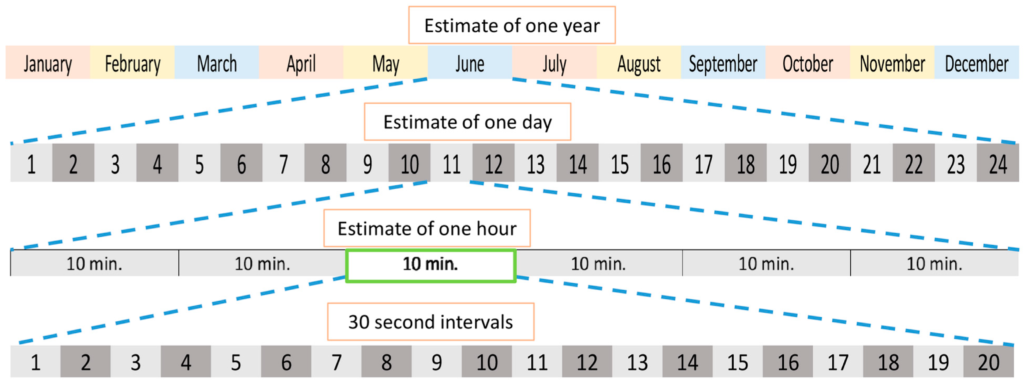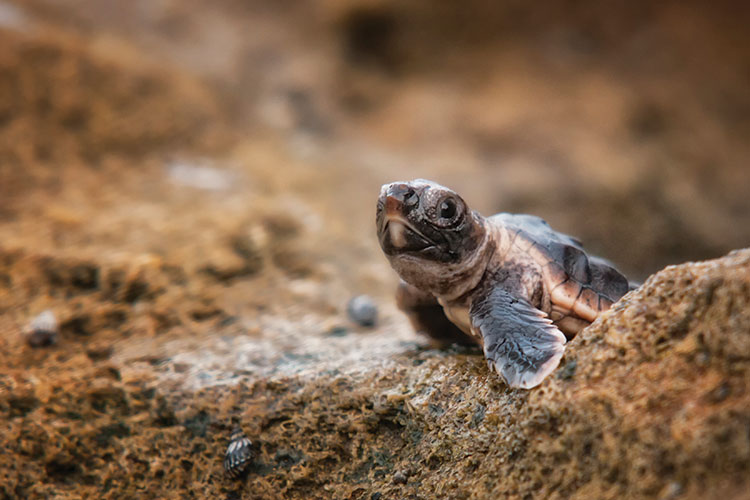If you’ve ever wondered how the amount of light and darkness affects the development of baby turtles, then prepare to be fascinated. In a recent study, researchers have discovered the incredible benefits of maintaining a balanced photoperiod for these adorable creatures. By mimicking the natural day and night cycle, scientists have found that baby turtles’ biological rhythms become synchronized, leading to healthier growth and increased survival rates. It’s a small change that can make a huge difference in the lives of these tiny reptiles.
The Importance of a Balanced Photoperiod for Baby Turtles’ Biological Rhythms
When it comes to raising baby turtles, ensuring they have a balanced photoperiod is crucial for their overall health and well-being. A photoperiod refers to the duration of light and darkness that turtles experience throughout a 24-hour cycle. By establishing a natural day-night cycle, regulating sleep-wake patterns, promoting overall health and development, improving feeding patterns, and mitigating stress and anxiety, a balanced photoperiod plays a pivotal role in maintaining the biological rhythms of baby turtles.
The Role of Photoperiod in Biological Rhythms
Biological rhythms are the natural internal processes that regulate various physiological and behavioral functions in living organisms, including baby turtles. These rhythms are influenced by environmental factors, with light being one of the most significant cues. A balanced photoperiod helps synchronize and regulate these biological rhythms, enabling baby turtles to thrive and develop properly.
Understanding Biological Rhythms in Baby Turtles
Before diving into the specifics of how a balanced photoperiod benefits baby turtles, it’s important to understand their biological rhythms. Like most reptiles, baby turtles have an internal clock known as the circadian rhythm, which regulates their sleep-wake patterns and other physiological functions. Additionally, baby turtles experience hormonal changes, growth spurts, and feeding patterns that are influenced by their biological rhythms. With this understanding, we can now explore how a balanced photoperiod supports these crucial aspects of their development.
1. Establishing a Natural Day-Night Cycle
1.1 Mimicking Natural Light Conditions
In the wild, baby turtles experience a natural day-night cycle dictated by the rising and setting of the sun. By replicating these light conditions in a captive environment, we can provide them with a sense of normalcy and help establish a healthy biological rhythm. Baby turtles benefit from having a consistent period of bright light during the day and complete darkness during the night, which helps regulate their internal clock and sleep patterns.
1.2 Simulating Sunlight Patterns
Creating a photoperiod that closely resembles the changing intensity and color of natural sunlight is equally important for baby turtles. In the wild, sunlight intensity varies throughout the day, with a warm, bright light during midday and a softer, more subdued light during dawn and dusk. By using appropriate lighting fixtures and timers, we can simulate these natural sunlight patterns, allowing baby turtles to receive the right amount and quality of light at different times of the day.

2. Regulating Sleep-Wake Patterns
2.1 Synchronizing Circadian Rhythms
A balanced photoperiod helps synchronize the circadian rhythm of baby turtles, ensuring they have regular sleep and wake cycles. Baby turtles, like other living organisms, thrive on routine and benefit from consistent sleep patterns. By providing them with a balanced photoperiod, we can help baby turtles establish a healthy circadian rhythm and promote restful sleep.
2.2 Enhancing Restful Sleep
Just like humans, baby turtles require sufficient sleep for proper growth and development. A balanced photoperiod helps create an environment conducive to restful sleep by minimizing disturbances during the dark period. By providing a tranquil and quiet environment during the night, baby turtles can enjoy uninterrupted sleep, which is essential for their overall health and well-being.

3. Promoting Overall Health and Development
3.1 Supporting Hormonal Balance
A balanced photoperiod plays a crucial role in regulating the hormonal balance of baby turtles. Hormones play a vital role in various physiological processes, including reproduction, metabolism, and immune function. By ensuring baby turtles receive the right amount and quality of light, we can promote the production and regulation of important hormones, supporting their overall health and development.
3.2 Facilitating Growth and Development
Proper growth and development are paramount for baby turtles, and a balanced photoperiod contributes significantly to this process. Adequate exposure to natural light and a consistent day-night cycle helps stimulate the necessary biological processes for growth. By promoting healthy bone development and supporting various physiological systems, a balanced photoperiod provides baby turtles with the ideal conditions for reaching their full potential.

4. Improving Feeding Patterns
4.1 Stimulating Natural Feeding Behavior
A balanced photoperiod plays a significant role in stimulating natural feeding behavior in baby turtles. In the wild, turtles are active feeders during specific times of the day, usually during daylight hours. By replicating this feeding pattern in a captive environment through a balanced photoperiod, we can encourage baby turtles to eat when they are most active and optimize their digestion and nutrient absorption.
4.2 Enhancing Nutrient Absorption
The timing and intensity of light exposure also influence nutrient absorption in baby turtles. By providing a balanced photoperiod, we can ensure that baby turtles receive the necessary UVB radiation, which is essential for the synthesis of vitamin D3. This vitamin is crucial for calcium absorption, aiding in the development of strong bones and shells. With the right balance of light, baby turtles can effectively absorb and utilize the nutrients from their food, improving their overall health and well-being.

5. Mitigating Stress and Anxiety
5.1 Minimizing Environmental Disruptions
Creating a balanced photoperiod that mimics natural light patterns helps minimize environmental disruptions for baby turtles. Sudden changes in lighting conditions or prolonged exposure to artificial light can cause stress and anxiety in turtles. By providing a consistent and natural day-night cycle through a balanced photoperiod, we can reduce stress levels in baby turtles and create a peaceful and comfortable environment for them to thrive.
5.2 Providing a Sense of Security
Consistency in lighting conditions provides baby turtles with a sense of security. A balanced photoperiod helps establish a predictable routine, which is crucial for their well-being. Baby turtles feel more secure and confident when they can rely on a consistent day-night cycle, promoting a healthier and happier life in captivity.
In conclusion, a balanced photoperiod is of utmost importance for the biological rhythms of baby turtles. By establishing a natural day-night cycle, regulating sleep-wake patterns, promoting overall health and development, improving feeding patterns, and mitigating stress and anxiety, we can ensure that baby turtles have the optimal conditions for growth, well-being, and ultimate success in their captive environment. By prioritizing and understanding the significance of a balanced photoperiod, we can provide baby turtles with the best possible start to their lives.
